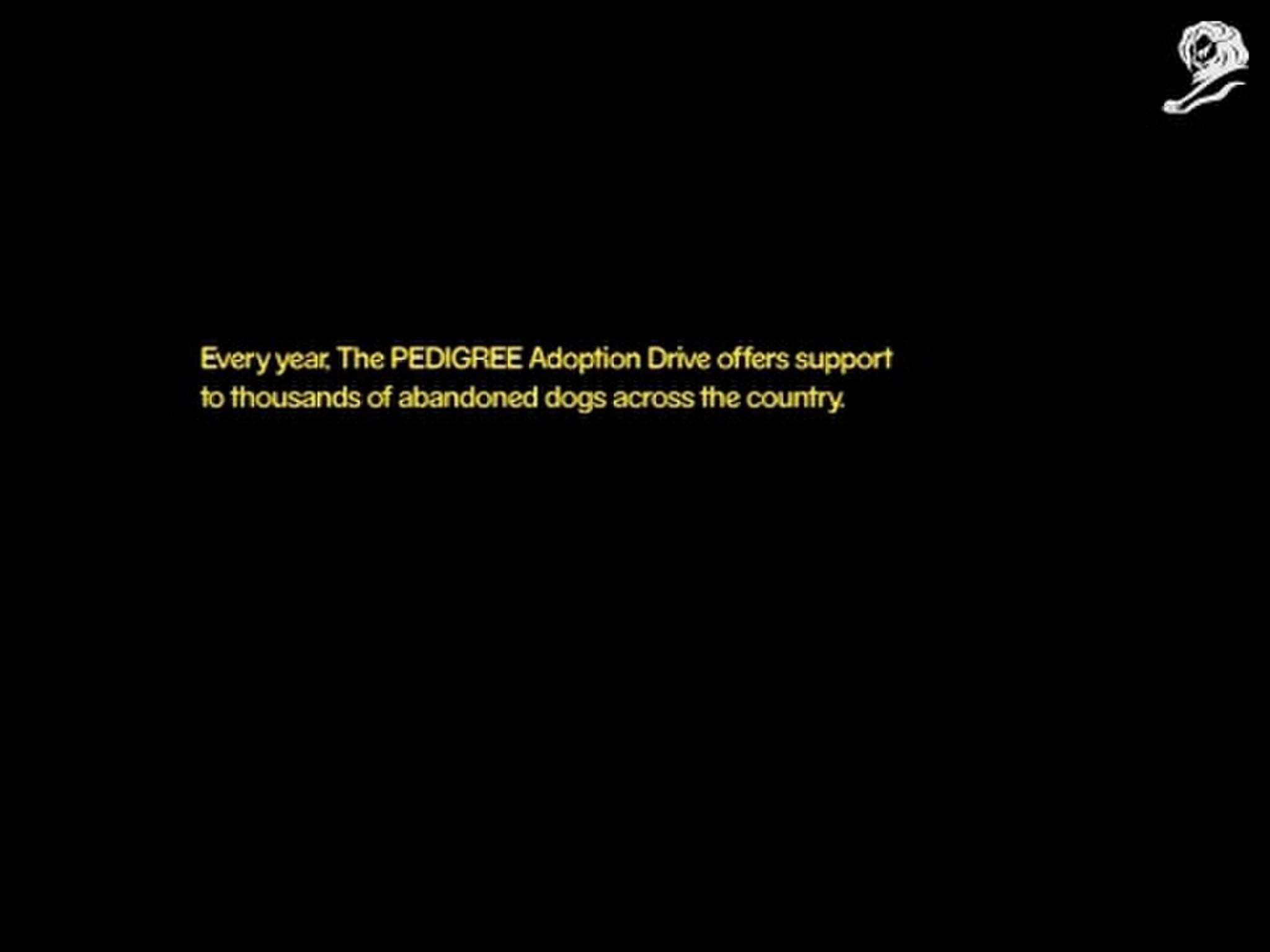Creative Strategy > Challenges & Breakthroughs
FRIENDVERTISING
COLENSO BBDO, Auckland / SKINNY / 2023
Awards:

Overview
Credits
Overview
Why is this work relevant for Creative Strategy?
When you’re low cost telco like Skinny that wants growth it’s easy to default to what people expect low price tactics. But the low-cost tactics that worked in the beginning were now limiting Skinny’s growth
Skinny needed more than a smart strategy for communications, it needed a smart strategy for the brand and business.
By getting really clear on our strengths as a brand, we were able to strategically use them to our advantage, and overcome our biggest barrier.
A simple, powerful strategic reframe changed how we tackled our credibility issue and led to a massively effective and creative platform.
Background
Skinny, a youth-focused telco, had ambitions to become a mass market player. Because they’re owned by Spark (New Zealand’s largest telco), and treated like a lesser child, Skinny are massively overlooked when it comes to investment, and spend.
Big ambitions, without budgets to match.
A previous brand refresh (2018) had brought some new customers in, but growth had stalled.
Supporting two brands is expensive, and in order to ensure continued investment, Skinny had to get growing.
While Skinny had strong awareness, consideration was almost half that of our next biggest competitor. Years of building a ‘cheap brand for the youth’ had created a rod for our own backs
We needed to:
Increase network credibility from 34% to 38% (more on this later)
Increase brand consideration from 37% to 40%
(our biggest competitors) were both at 60%.
Increase customer base by 8% (the highest quarterly growth since 2018).
Interpretation
Our awareness was excellent, at 90%, but our consideration was almost half that of our next biggest competitor.
Through quant and qual research, one thing became very clear, very quickly.
Our biggest issue was credibility.
Nobody thought Skinny was credible. In the telco world, credibility is built around how good
your network is perceived to be. People don’t want to worry about coverage issues, slow speeds, or connections that drop out.
And only 1/3 of people thought our network was up to scratch.
The catch is, we use the same network as Spark. And their network credibility was at 74%, more than double ours.
But it’s. The. Same. Network.
A simple solution might have been telling New Zealand that we just used Spark’s network.
But Spark was concerned this association might damage their brand… so we had to come up with another way to improve Skinny’s credibility.
Insight / Breakthrough Thinking
Popular wisdom (and a stack of research) suggested that, In telco, bigger is better. Big brands represent a popular, reassuring choice, with lots of positive connotations. Stature, large media spends and lots of stores lead to positive network perceptions.
But Skinny were a small player.
We didn’t have stores.
We didn’t have stature.
We didn’t have spend (only 6% share of voice).
But we had one thing no other telco did. Our customers loved us!
Our market NPS was outstanding. Consistently above 50, the highest of any telco in NZ.
In fact, customers actively recruited for us. Referrals made up 20% of Skinny’s acquisitions.
Additional research uncovered a motivating human truth: As it turns out, people trust the recommendations of friends and family 92% more than they trust ads.
An advertising campaign might not get us the trust and credibility we needed, but an advocacy campaign might.
Creative Idea
We created Friend-vertising. A nationwide campaign designed to reach everyone in New Zealand with an ad for Skinny, hosted by someone they might know.
We cast Skinny customers from around the country to star in their own campaign,
We shot identical spokesperson campaigns; with identical TV ads, billboards, OOH, radio and social. Every campaign was identical to the one before it, except it featured a different happy Skinny customer. Same dialogue, same settings, same looks to camera, and the same jokes. We also shot friend-vertisers speaking Hindi, Chinese and Maori and sign language.
Each friend-vertiser was also given a media budget to target their ads to their friends, family, and acquaintances, on their own social channels. Between that and our geo-targeted
media strategy, our friend-vertisers were everywhere. They told their friends, who told their friends, and so on, and so on.
Every customer turned into another media channel.
Outcome / Results
Objective 1: Improve network credibility perceptions from 34% to 38%.
Result: Exceeded, achieving 42%
Without changing any thing about our service, 400,000 more people believed we had a credible network, post-campaign. All other telcos either dropped or maintained network credibility scores over the same time frame.
Objective 2: Increase brand consideration from 37% to 40%
Result: Exceeded.
We achieved 41% consideration, our highest consideration ever, while our closest competitor dropped 2% over the same time period.
We also shifted our relevance perceptions from 41% to 45%; Meaning 4% more New Zealanders (or 200,084 people) now see Skinny as a brand for everyone. Goodbye youth brand!
Objective 3: grow customer base by 8%
Result: Exceeded.
Friend-vertising saw a 10.9% growth in our customer base. Our three competitors either remained steady (2Degrees +2%) or saw declines in their customer numbers (Spark & Vodafone -1% and -2% respectively).
Please tell us about how the work challenged / was different from the brands competitors
Telcos in New Zealand fight on two battlegrounds - big brand advertising and retail price/product promotion. Skinny’s smaller budgets, non existent retail footprint and lack of investment from the border Spark business meant we couldn’t win on either of these fronts.
Not to mention our ‘big 3’ competitors had a huge head start. Years of broad-reaching comms touting super network, superior coverage and superior speed had created an uphill battle for Skinny.
Before we even drove customer growth, we needed to change perceptions. And do it with less money, less scale and more baggage than any of our competitors.
Is there any cultural context that would help the jury understand how this work was perceived by people in the country where it ran?
A campaign targeting friends-of-friends wouldn’t work in a large market. But New Zealand had (at the time of the Friendvertsing) less than 5 million people. It is a running joke amongst New Zealanders that wherever you go in the country, chances are you will meet someone who went to school with, dated or knows someone who knows someone you know. In NZ, it’s not six degrees of separation, it’s more like two.
More Entries from Challenger Brand Strategy in Creative Strategy
24 items
More Entries from COLENSO BBDO
24 items


























